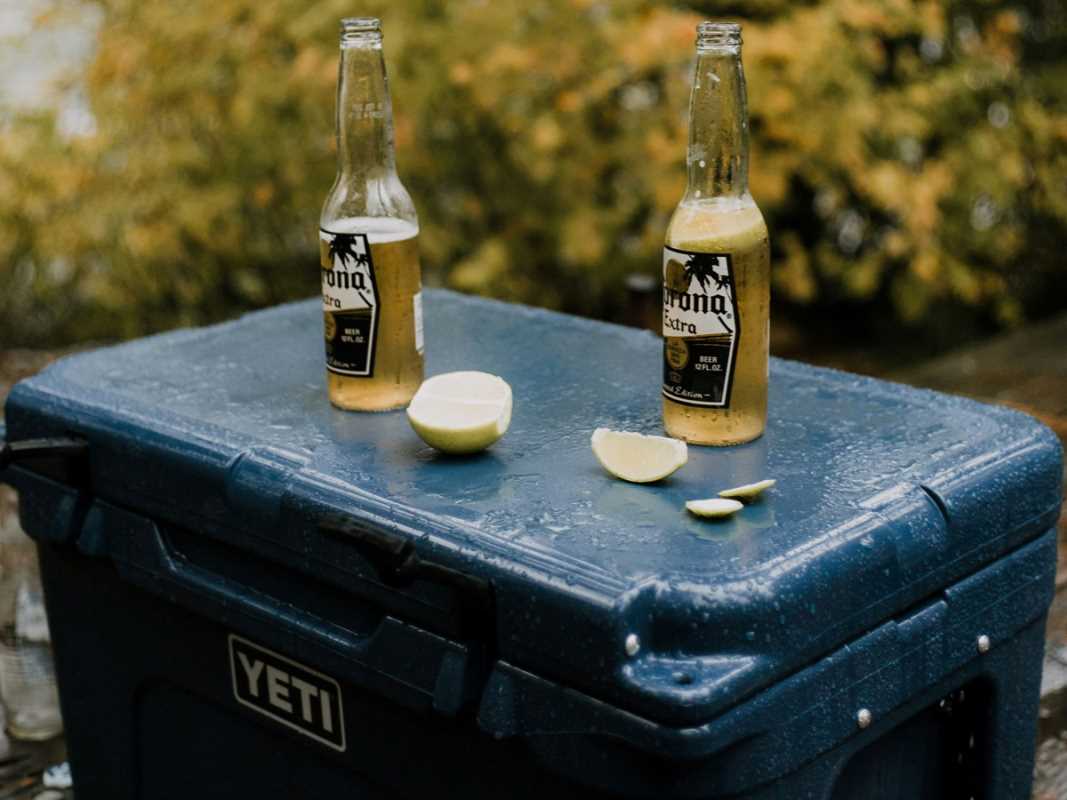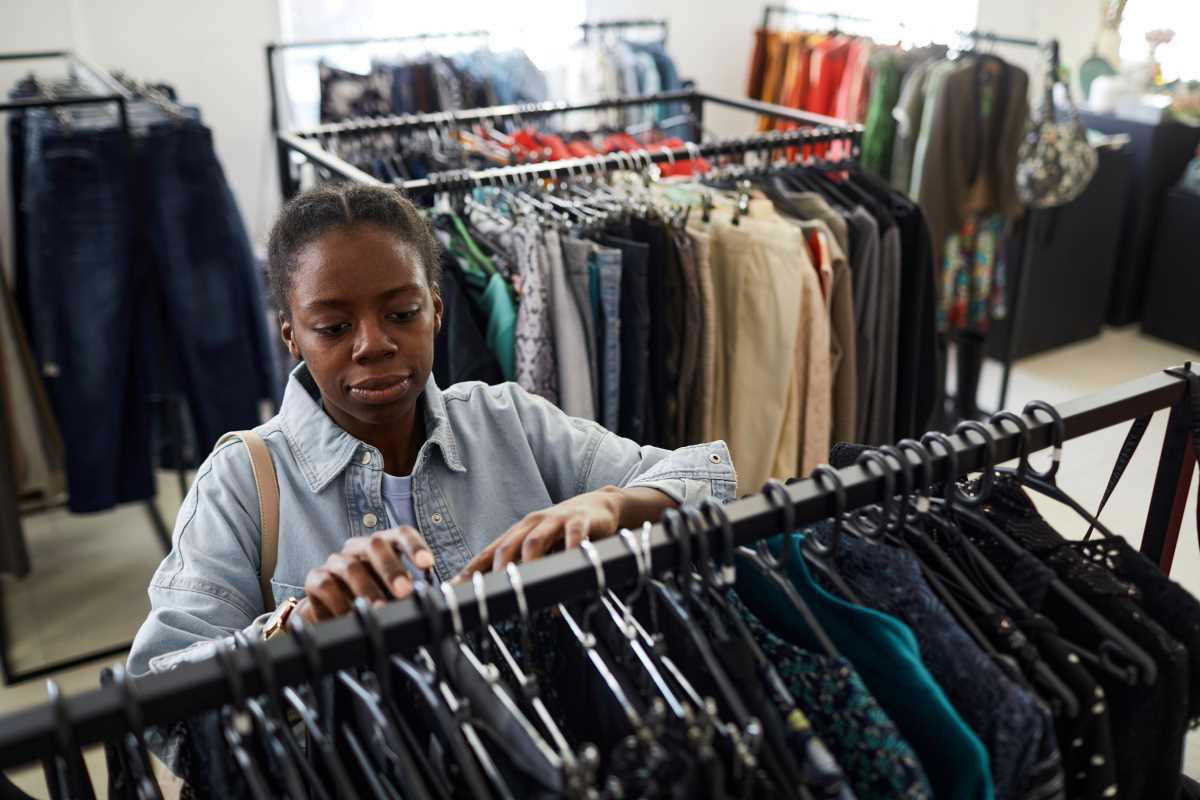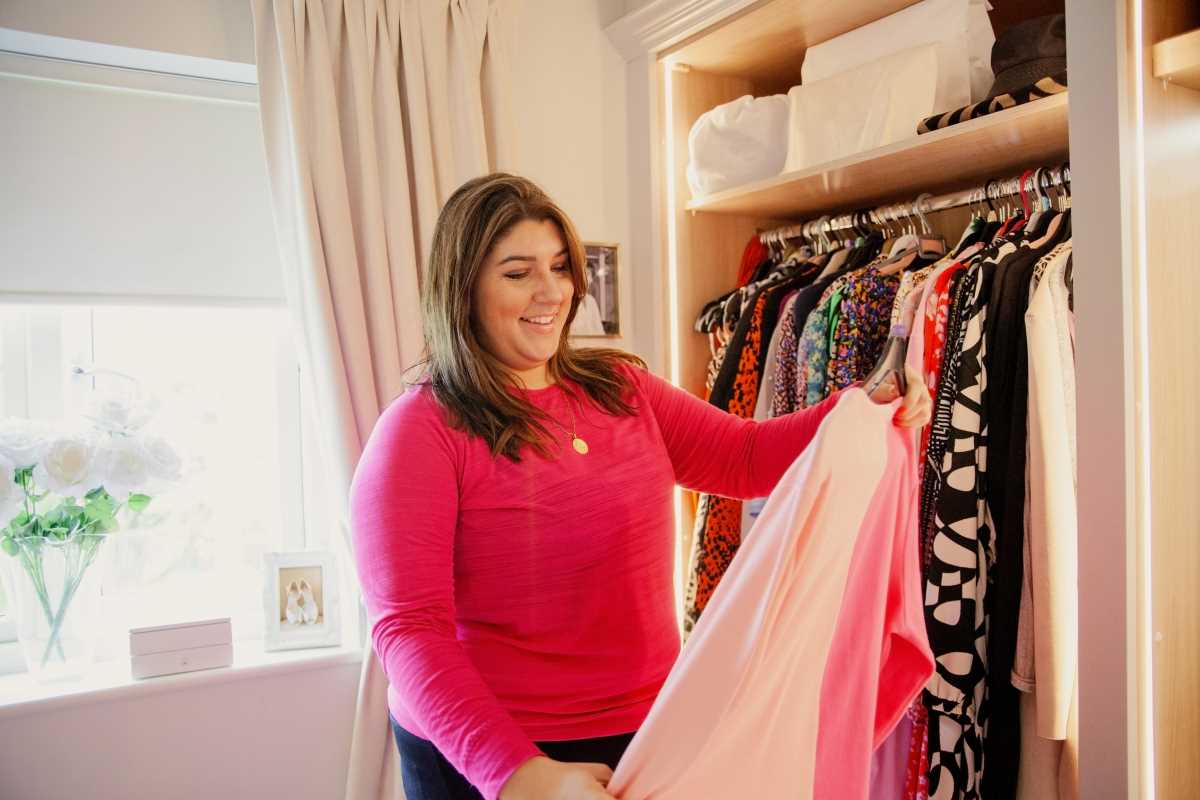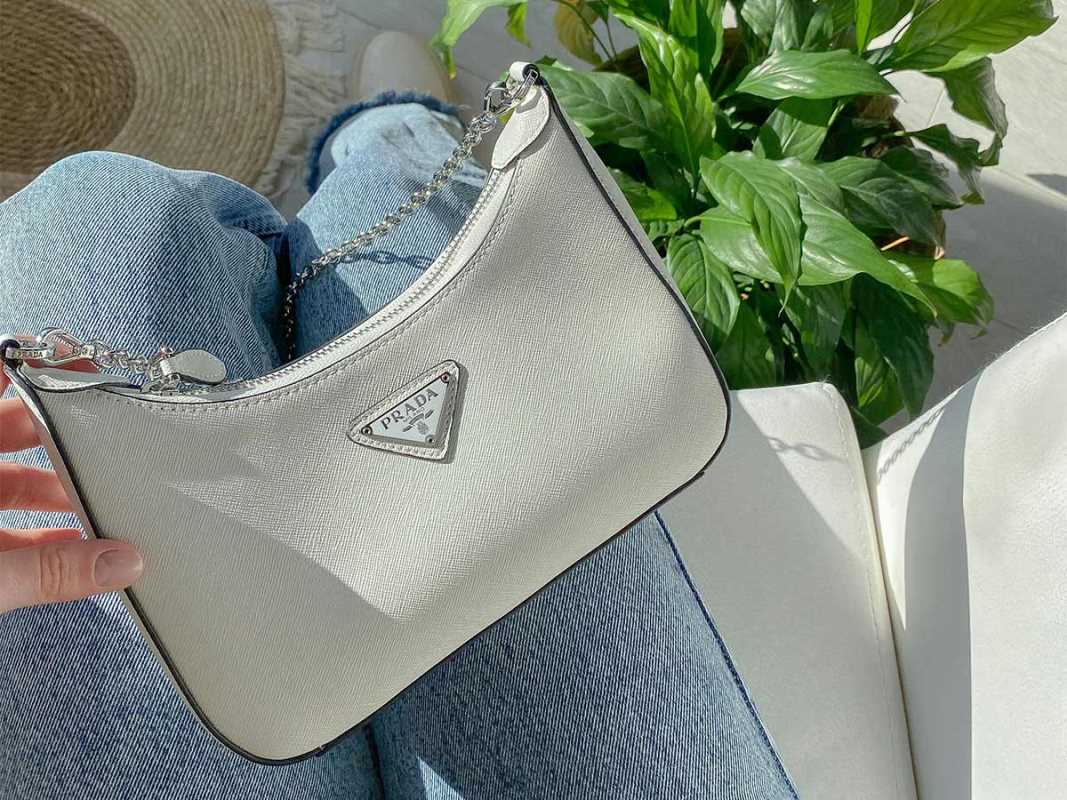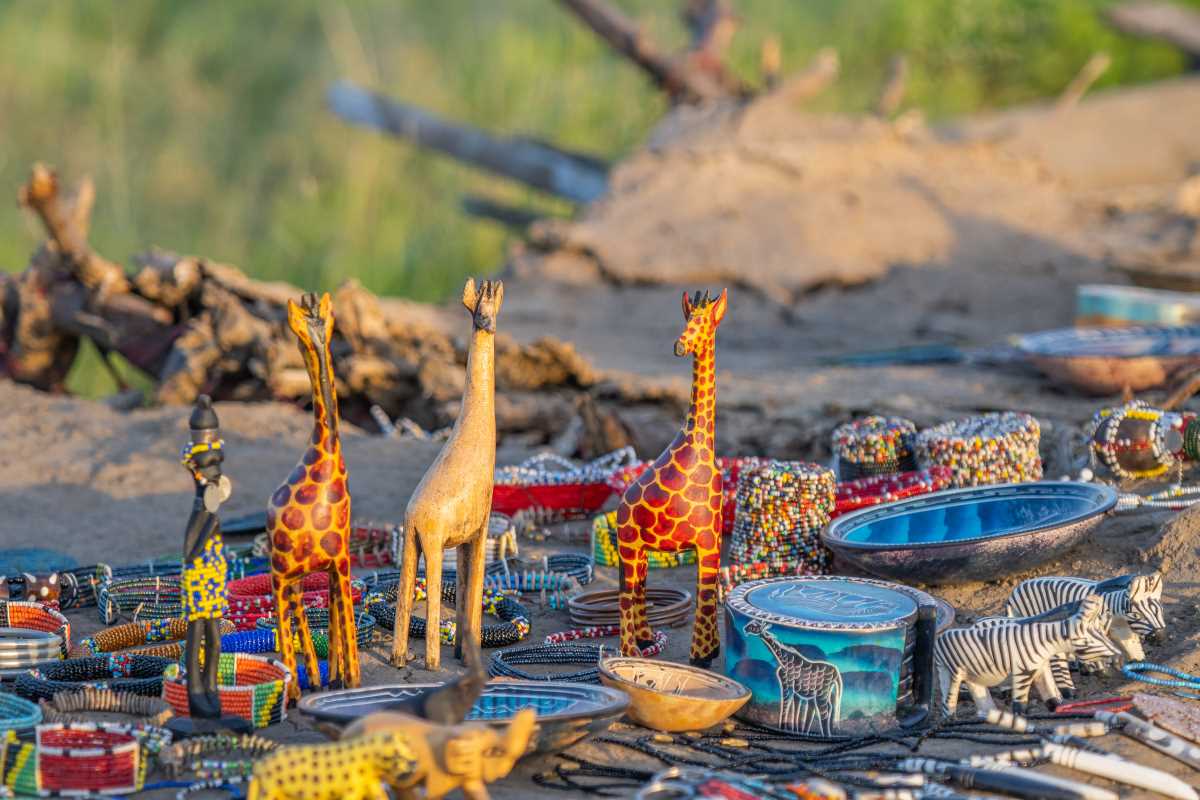Art is a way to express yourself, support creativity, and connect with stories that resonate deeply. Buying from independent creators not only allows you to discover unique, one-of-a-kind pieces but also helps nurture the talent that often gets overshadowed. Starting your own art collection can feel intimidating, especially if you’re new to the scene, but it’s easier than you might think! This guide will walk you through why supporting independent artists matters, how to find art that moves you, and practical tips for building a collection you’ll treasure for years to come.
Why Buy Art from Independent Creators?
When you buy from independent creators, you’re doing more than just purchasing art. You’re investing in a person’s vision, talent, and livelihood. Unlike mass-produced pieces from major retailers, art from independent creators reflects individuality and heart.
Unique and Authentic Pieces
Each piece created by an independent artist has its own story. Whether it’s a painting, sculpture, or digital print, the work was made with intention. You won’t find the same piece hanging in someone else’s home, which makes it feel truly yours.
Supporting Local and Emerging Talent
Independent artists rely on buyers like you to continue pursuing their craft. When you purchase from them, you’re directly funding their growth and creativity. Your purchase creates a ripple effect, encouraging more original art in the world.
Building a Personal Connection
Independent creators often share their inspirations and process online or at art markets. This gives you a chance to connect with the artist behind the work. Knowing the story behind your art can add sentimental value and deepen your appreciation for the piece.
Starting Your Art Collection
Starting a collection doesn’t have to mean spending thousands of dollars or knowing everything about art history. It’s about finding pieces you love and creating a space that feels meaningful to you. Here’s how to get started.
1. Define What You Love
Before you start buying, take some time to figure out what styles or themes draw you in. Are you into bold abstract visuals or delicate watercolors? Do you prefer modern, sleek designs or timeless classic vibes?
- Visit Art Spaces: Head to local galleries, art shows, or open studios. Not only will this give you an idea of what’s out there, but it’ll also expose you to different styles and techniques.
- Browse Online Platforms: Websites like Etsy, Saatchi Art, and Instagram are full of independent creators showcasing their work. Save pieces that stand out to you and look for patterns in what you’re drawn to.
2. Set a Budget
Contrary to what people often think, collecting art doesn’t have to cost a fortune. Independent creators often offer work across many price ranges, from original paintings to limited-edition prints.
- Establish a Budget Range: Think about how much you’re comfortable spending. If you’re just getting started, aim for smaller pieces or prints that are more affordable than larger originals.
- Consider Payment Options: Some artists and galleries offer payment plans, making higher-priced pieces more accessible. Don’t be afraid to ask!
3. Start Small but Meaningful
You don’t need a gallery wall right away. Start with one or two pieces that really speak to you. Over time, as your tastes evolve, you’ll start to notice how certain pieces complement each other.
- Look Beyond Paintings: Art isn’t just about framed pictures. Explore ceramics, textiles, sculptures, and even digital art. A hand-thrown vase or a beautifully crafted wood sculpture can add just as much personality to your space.
4. Research the Artist
A big part of collecting art is knowing the creator behind the work. Read about the artist’s background, inspiration, and process. This doesn’t just deepen your connection to the piece, but it also helps you understand its value.
- Check Their Website or Social Media: Many independent artists share their stories, past work, and upcoming projects online. Reading about their journeys can give you insight into their creative world.
- Engage with the Artist: Don’t hesitate to reach out with questions. Most independent creators are happy to share details about their art and what inspired them.
Finding Art That Moves You
Art is personal, and what sparks joy for one person might not for another. Trust your gut when choosing a piece, but here are a few tips to help you decide.
Follow Your Heart
If a piece makes you stop and look closer, pay attention. Art should evoke a feeling. Whether it’s awe, nostalgia, or even curiosity, emotional connection is key.
Think About Your Space
While your personal taste should guide your choices, it’s also worth considering where the piece will live in your home. Is there enough wall space for a larger painting? Will bright colors clash with your furniture, or will they make the room pop?
Quality Over Quantity
It’s better to buy one piece you adore than several that feel just okay. Building a collection takes time, and each addition should feel special.
Where to Buy Independent Art
One of the joys of collecting is the thrill of the hunt. Independent art can be found in many places, and each has its own perks.
Online Marketplaces
Platforms like Etsy, Big Cartel, and Society6 are filled with independent creators. The variety is endless, and some even offer filters to help you narrow down options based on size, price, and style.
Social Media
Many artists use Instagram and TikTok to showcase their process and finished work. Following creators whose art you admire gives you early access to new pieces and sales.
Local Art Fairs
Art fairs and craft markets are great places to discover independent creators. You can see the pieces in person before committing, which can be helpful if you’re unsure about online purchases.
Galleries and Pop-Ups
Some galleries focus specifically on emerging artists, offering pieces that are affordable and cutting-edge. Temporary pop-up exhibitions are also a great way to find up-and-coming talent.
Tips for Building a Cohesive Collection
Once you’ve started collecting, you might wonder how to make all your pieces work together. Here’s how to create a collection that feels unified yet diverse.
- Stick to a Theme: This doesn’t mean every piece has to look the same, but having a common thread like a color palette, subject, or medium can help tie your collection together.
- Mix Old and New: Pair vintage finds with modern creations to add depth and contrast to your collection.
- Curate as You Go: Over time, you may outgrow certain pieces. It’s okay to rotate or even sell art you no longer connect with to make space for new acquisitions.
Starting an art collection is a deeply personal and rewarding experience. Whether you’re hunting for the perfect piece at a local fair or scrolling through Instagram for inspiration, remember that art is as much about what you see on the surface as the connection it creates.
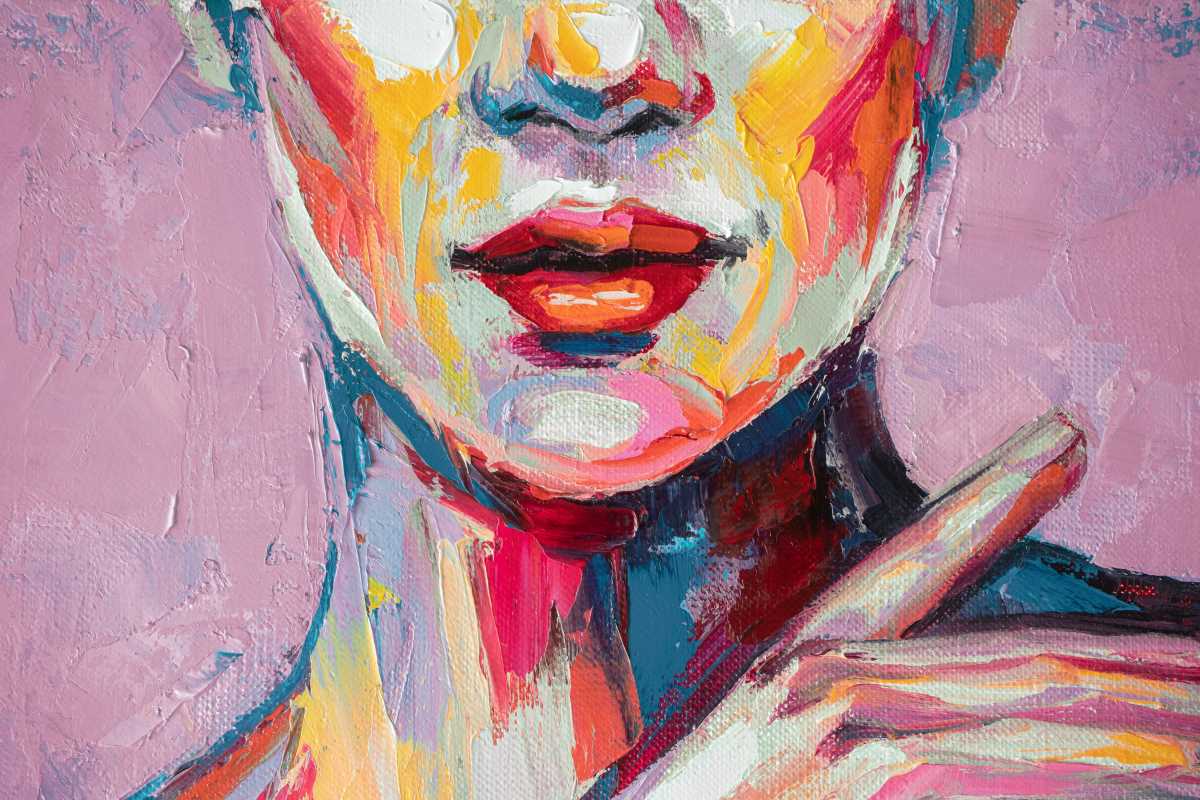 (Image via
(Image via